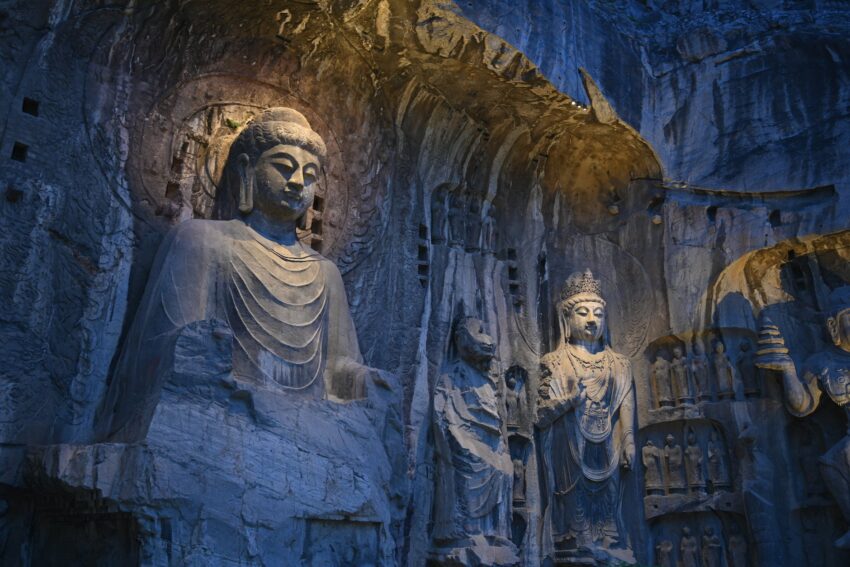In an age where the scientific community is giving renewed attention to psychedelic substances, it’s essential to take a historical perspective to appreciate their cultural significance and transformative experiences they offer.
Psychedelics have been interwoven into daily life and spiritual practices since time immemorial. An integral part of ancient rituals, they were used for medicinal, spiritual, and sacred encounters. Indigenous traditions around the globe remained unbroken in their use of these substances to deepen their connection with nature and the spiritual realm.
Investigations of paintings from the Upper Paleolithic period and artifacts propose the significance of psychedelics in these societies’ ceremonies. Cave paintings from Tassili n’Ajjer in Algeria, dating back around 8000 years, are widely interpreted as psychedelic art, suggesting the popularity of psychedelic substances even in prehistoric times.
Psychedelics were known to be integral in Indigenous American cultures as well. From Peyote ceremonies among the Huichol people of Mexico to Ayahuasca rituals in Amazonian tribes, psychedelic substances like psilocybin, mescaline, and DMT were central to their religious and healing practices.
The West’s engagement with psychedelics began much later and reached a significant point in the mid-twentieth century. Scientists began conducting scientific studies on the properties and effects of psychedelic substances, marking their introduction into Western medicine and psychology.
Dr. Albert Hofmann’s discovery of LSD in the 1940s and later studies on psilocybin mushrooms catalyzed this interest. Initial research indicated substantial therapeutic potential for treating conditions like addiction, depression, and post-traumatic stress disorder.
However, the counter-cultural movement of the 1960s and associated recreational abuse of these substances led to a societal backlash. This culminated in the prohibition of these substances, halting promising research for decades.
Fast forward to the 21st century, a renaissance is taking place in psychedelic research, dubbed as the “third wave.” Organizations such as the Multidisciplinary Association for Psychedelic Studies (MAPS) are dedicated to investigating the medical benefits of substances like LSD, MDMA, and psilocybin.
In recent years, the scientific studies of psychedelic substances demonstrate their potential as therapeutic tools when used responsibly under professional guidance. Notably, psilocybin therapy was granted “breakthrough therapy” designation by the FDA for treatment-resistant depression.
While the importance of these developments cannot be understated, equally significant is the cultural revival of psychedelics. Their use in spiritual and therapeutic contexts is becoming more accepted, perhaps an echo of their esteemed place in ancient practices. This attrition of societal stigma and appreciation of their historic utilization is a critical part of their new narrative.
Taking cues from indigenous traditions, modern use often involves group sessions guided by experienced facilitators, fostering supportive and safe environments. These experiences offer potentially transformative experiences, which users often describe as among the most profound of their lives.
History has seen psychedelics transition from revered substances of ancient rituals to modern medical marvels, with many detours in between. Today’s newfound respect for these substances and their potential is accompanied by the critical need for regulation and education. Through this broader understanding, we remain hopeful that the future of psychedelics holds substantial benefits for society, underpinned by their rich historical and cultural heritage.
The journey of psychedelics is one that is continually unfolding. As modern research continues to reveal their role in healing and discovery, the full story of these substances is yet to be written. Whether that narrative stays true to its ancestral roots or deviates into modern innovations, the enduring influence of psychedelics throughout history clearly attests to their undeniable impact on human civilization.
